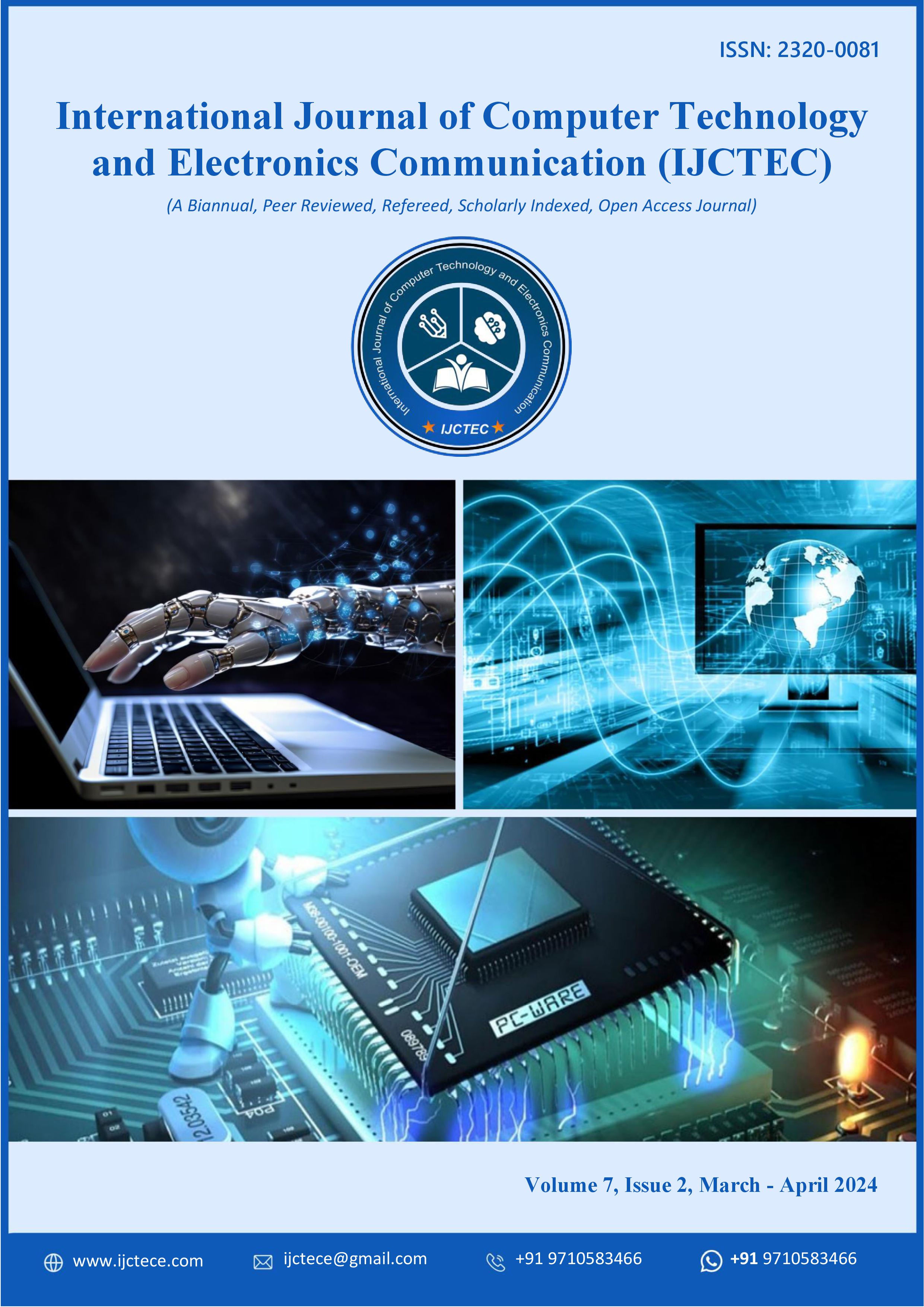Fraud Detection Mechanisms in Virtual Payment Systems
DOI:
https://doi.org/10.15680/IJCTECE.2024.0702004Keywords:
Virtual Payment Systems, Fraud Detection, Machine Learning, Anomaly Detection, Transaction Monitoring, Security Analytics, Real-Time Streaming, Graph-Based Analytics, Fintech, BankingAbstract
The rapid growth of digital commerce and virtual payment systems has enabled convenient and scalable financial services but has also increased exposure to fraud. Fraudsters exploit weaknesses in authentication, transaction flows, and account management to conduct unauthorized activities, often causing financial losses and reputational harm to organizations. Virtual account payment platforms, in particular, face challenges due to the high velocity of transactions, distributed customer bases, and reliance on real-time processing. Traditional rule-based fraud detection mechanisms, while effective in identifying known attack patterns, struggle to adapt to evolving fraud tactics.
This article examines fraud detection mechanisms tailored to virtual payment systems, focusing on the integration of machine-learning–based anomaly detection, advanced transaction monitoring, and security analytics. Drawing from composite case studies in banking, fintech, and e-commerce, the study highlights how organizations have deployed hybrid models combining rule-based systems with supervised and unsupervised learning. Metrics such as detection accuracy, false positive rates, and processing latency are used to assess effectiveness.
The findings demonstrate that organizations implementing machine-learning–enhanced fraud detection achieve substantial improvements, including reduced false positive alerts, faster identification of anomalous activity, and measurable reductions in fraud-related losses. Lessons learned emphasize the need for data quality, continuous model training, and integration with real-time payment pipelines. This article contributes both a survey of techniques and empirical insights for practitioners tasked with securing virtual payment platforms against fraud.
References
[1] Phua, C.; Lee, V.; Smith, K.; Gayler, R. A Comprehensive Survey of Data Mining-Based Fraud Detection Research. arXiv 2010, arXiv:1009.6119.
[2] Carcillo, F.; Le Borgne, Y.A.; Caelen, O.; Bontempi, G. Streaming Active Learning Strategies for Real-Life Credit Card Fraud Detection: Assessment and Visualization. Int. J. Data Sci. Anal. 2019, 5, 285–300.
[3] Association of Certified Fraud Examiners (ACFE). Report to the Nations: Global Study on Occupational Fraud and Abuse; ACFE: Austin, TX, USA, 2022.
[4] Gartner. Market Guide for Online Fraud Detection; Gartner Research: Stamford, CT, USA, 2023.
[5] Ngai, E.W.T.; Hu, Y.; Wong, Y.H.; Chen, Y.; Sun, X. The Application of Data Mining Techniques in Financial Fraud Detection: A Classification Framework and an Academic Review of Literature. Decis. Support Syst. 2011, 50, 559–569.
[6] Bolton, R.J.; Hand, D.J. Statistical Fraud Detection: A Review. Stat. Sci. 2002, 17, 235–255.
[7] Kou, Y.; Lu, C.T.; Sirwongwattana, S.; Huang, Y.P. Survey of Fraud Detection Techniques. IEEE Int. Conf. Netw. 2004, 749–754.
[8] Bauder, R.A.; Khoshgoftaar, T.M. The Detection of Medicare Fraud Using Machine Learning Methods with Class Imbalance. J. Big Data 2018, 5, 1–23.
[9] Weber, R.; Medhat, M.; Sabelfeld, A. Towards Transparent Machine Learning for Credit Scoring and Fraud Detection. Financ. Innov. 2021, 7, 1–22.
[10] Whitrow, C.; Hand, D.J.; Juszczak, P.; Weston, D.; Adams, N.M. Transaction Aggregation as a Strategy for Credit Card Fraud Detection. Data Min. Knowl. Discov. 2009, 18, 30–55.



